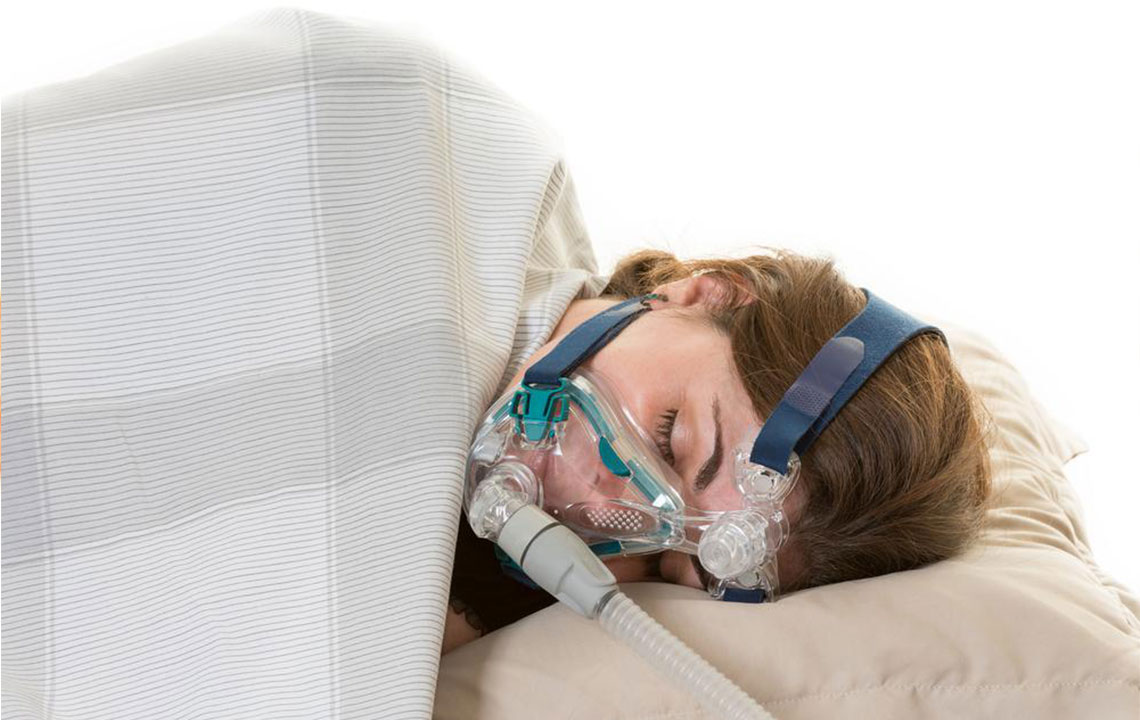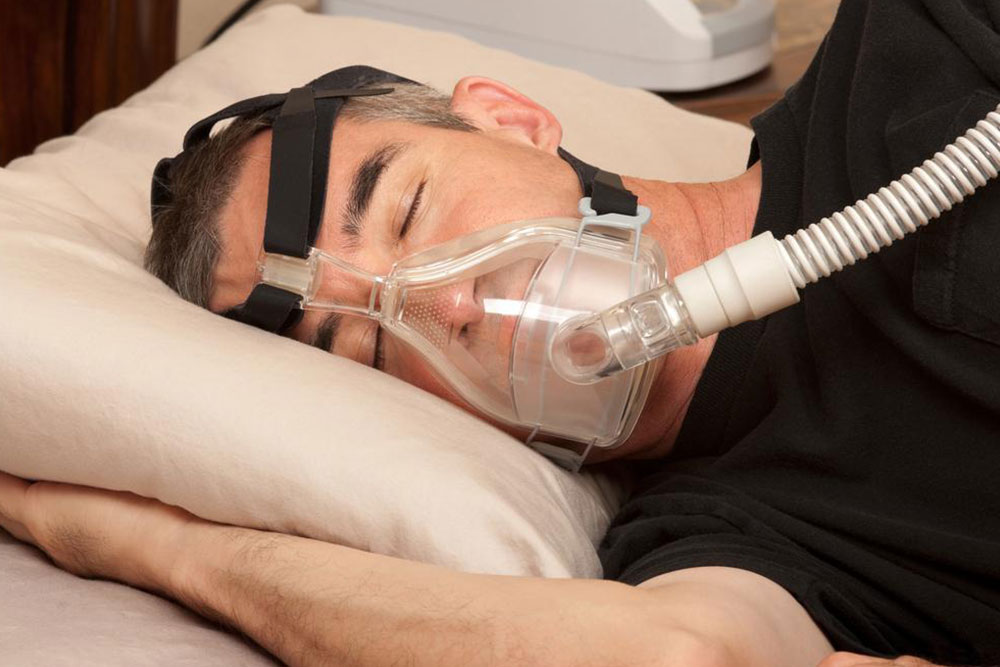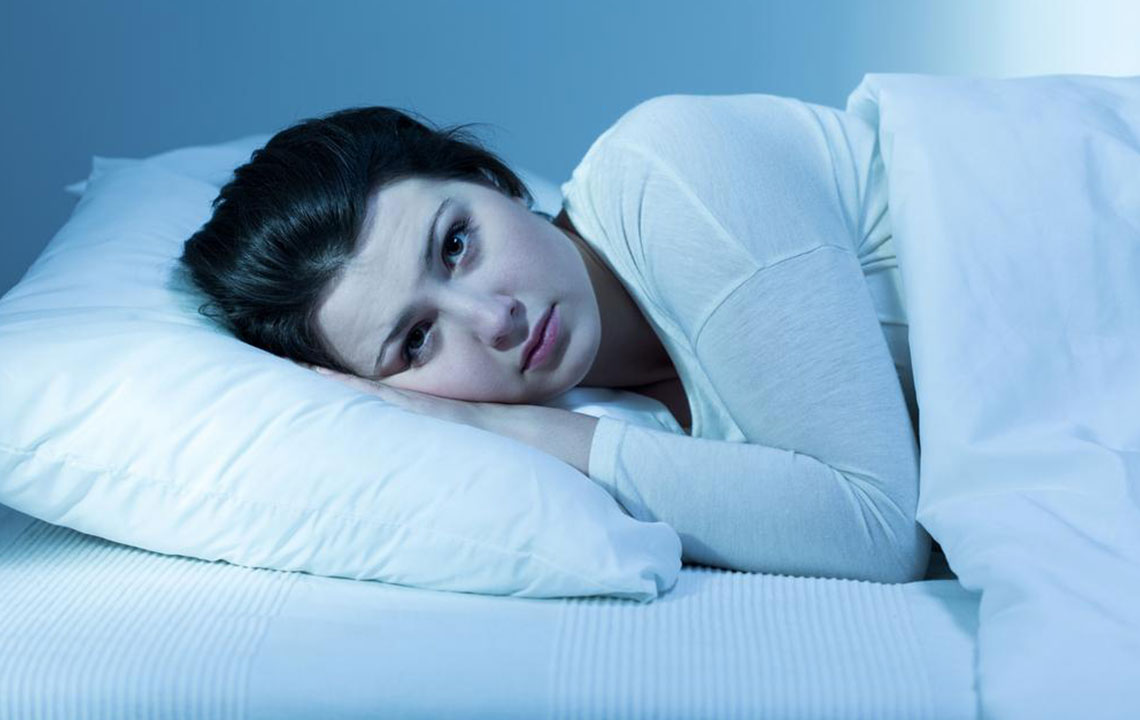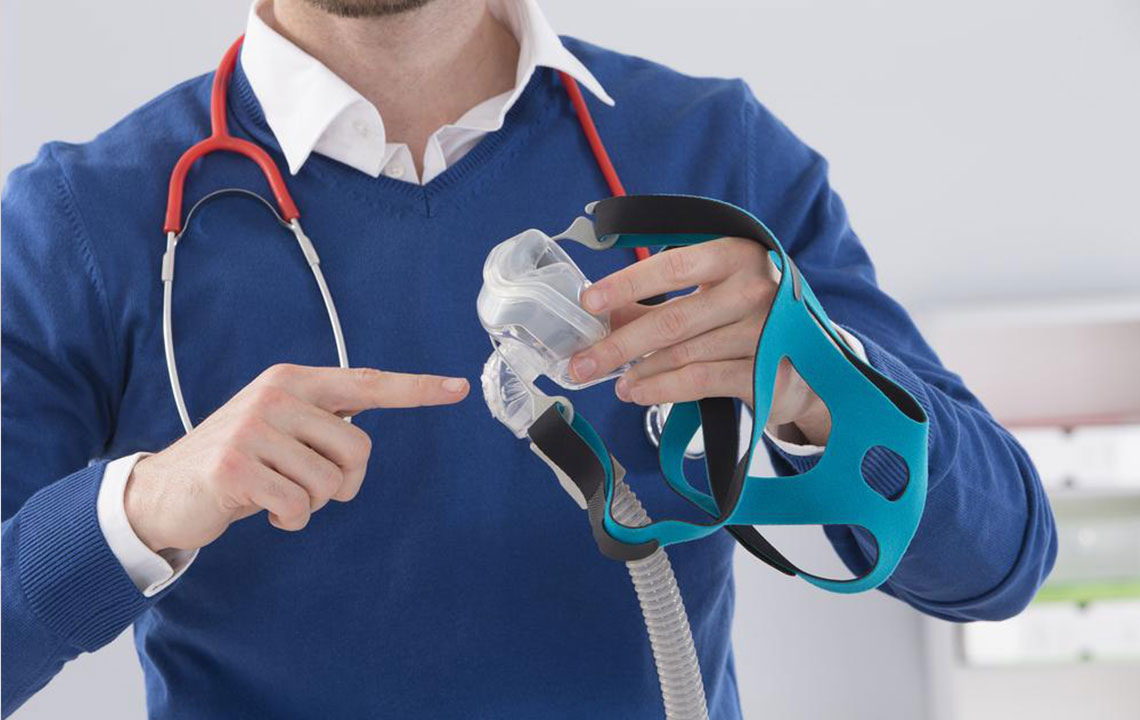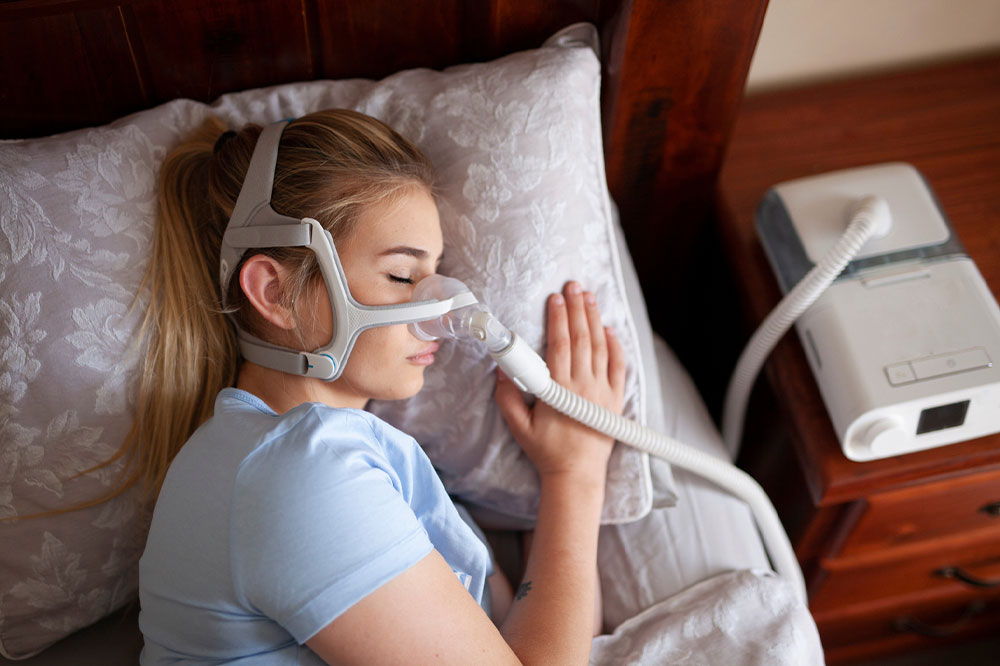Comprehensive Guide to Dental Sleep Devices: Types, Functionality, and Cost Analysis
This comprehensive article delves into dental sleep devices, exploring different types, how they work to treat sleep apnea, and the various costs involved. It emphasizes their effectiveness as an alternative to CPAP therapy, highlighting benefits, patient suitability, and considerations for affordability and insurance coverage. Suitable for individuals exploring treatment options for sleep apnea, this guide provides detailed insights into achieving better sleep health through oral appliance therapy.
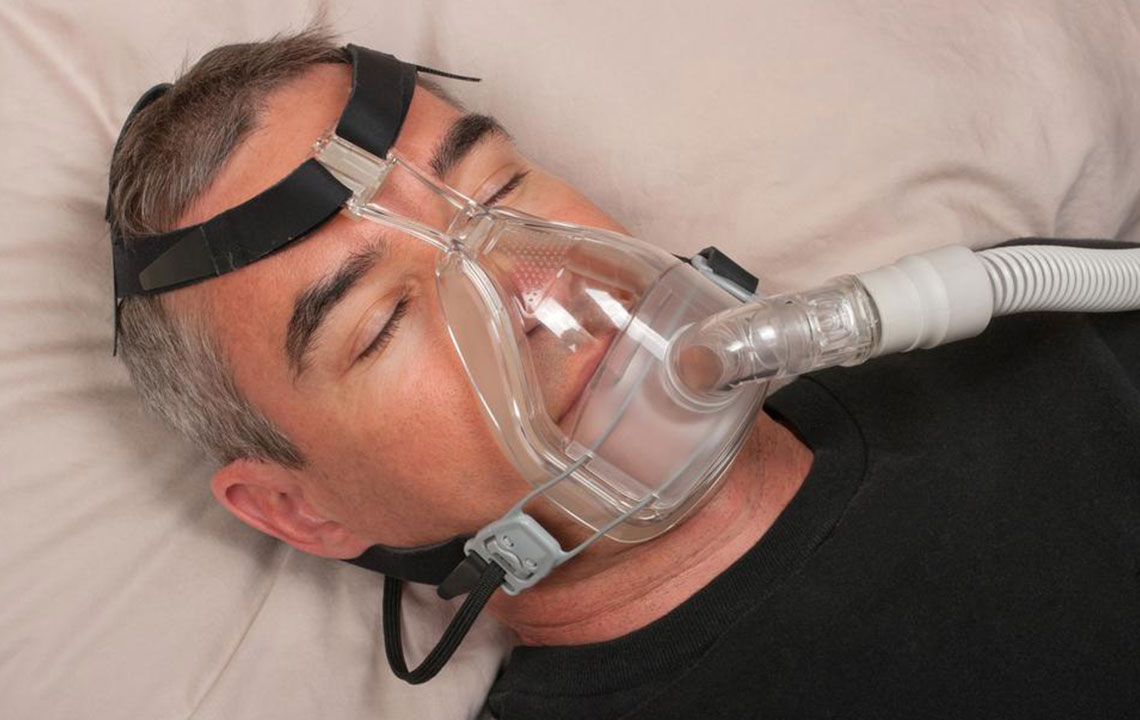
Comprehensive Guide to Dental Sleep Devices: Types, Functionality, and Cost Analysis
Sleep disorders, particularly sleep apnea, affect millions worldwide, leading to disrupted sleep patterns, reduced oxygen intake, and significant health risks such as cardiovascular disease, hypertension, and impaired cognitive function. Managing sleep apnea effectively is crucial for improving quality of life and long-term health outcomes. Among various treatment options, dental sleep devices have gained popularity as a non-invasive, practical alternative to traditional therapies like continuous positive airway pressure (CPAP). This detailed guide explores the different types of dental sleep devices, their working mechanisms, cost considerations, and how they provide an effective solution for many individuals suffering from sleep apnea.
What Are Dental Sleep Devices? Dental sleep devices, also known as oral appliances or mandibular advancement devices (MADs), are custom-made oral gadgets designed to fit comfortably within the mouth. These devices are typically constructed from durable, safe plastics and can resemble large mouthguards or orthodontic retainers. They are specially designed to modify the position of the jaw and tongue during sleep, thereby helping to maintain an open airway. Patients often turn to these devices when they cannot tolerate or do not respond adequately to mainstream therapies, particularly CPAP machines, making dental sleep devices a valuable alternative in sleep medicine.
Dental sleep devices vary in design, complexity, and cost. Choosing the right device depends on factors such as the severity of sleep apnea, oral anatomy, personal preferences, and recommendations from sleep specialists or dentists. Here’s an in-depth look at how these devices help treat sleep apnea and what you can expect regarding their costs and functionalities.
How Dental Sleep Devices Work to Treat Sleep Apnea
When worn during sleep, dental sleep devices function by repositioning the lower jaw (mandible) slightly forward. This forward shift increases the space behind the tongue and soft tissues of the throat, preventing airway obstruction caused by relaxed tissues collapsing during sleep. As a result, these devices significantly reduce snoring and improve overall breathing quality. They are particularly effective for individuals with mild to moderate obstructive sleep apnea (OSA), where airway blockage is less severe. In some cases, with careful monitoring and adjustment, they can be used for more severe forms of sleep apnea, but typically under the supervision of a healthcare professional.
Moreover, dental devices are portable, easy to use, and generally well-tolerated, making them an attractive option for many patients. They also reduce the dependency on cumbersome devices like CPAP masks, which some patients find uncomfortable or restrictive, leading to better compliance and consistent use.
Cost Breakdown of Dental Sleep Appliances
The cost of dental sleep devices can vary considerably based on the type, materials used, and additional services such as fitting, adjustments, and follow-up care. Custom-fitted devices tend to be more expensive but offer greater comfort and effectiveness. Basic models designed for mild to moderate sleep apnea often have a lower price point, while advanced, high-quality devices incorporate sophisticated features to optimize comfort and performance.
Generally, the total expenses associated with purchasing and maintaining dental sleep appliances range from approximately $1,800 to $2,500. This includes consultation fees, dental impressions, device fabrication, and follow-up visits for adjustments and monitoring. Some insurance plans may partially cover the cost, especially if the device is medically prescribed after a proper diagnosis. It's essential to verify your insurance coverage beforehand, as over-the-counter options are usually not covered and can sometimes prove more costly in the long run.
In conclusion, dental sleep devices are a highly effective alternative for treating sleep apnea, especially in cases where traditional therapies are unsuitable or ineffective. With advances in dental technology and personalized fitting, these devices continue to improve in comfort, affordability, and clinical outcomes. Patients considering this treatment should consult with a qualified sleep specialist or dentist to determine the most appropriate device tailored to their specific needs and to understand the associated costs and insurance options.
